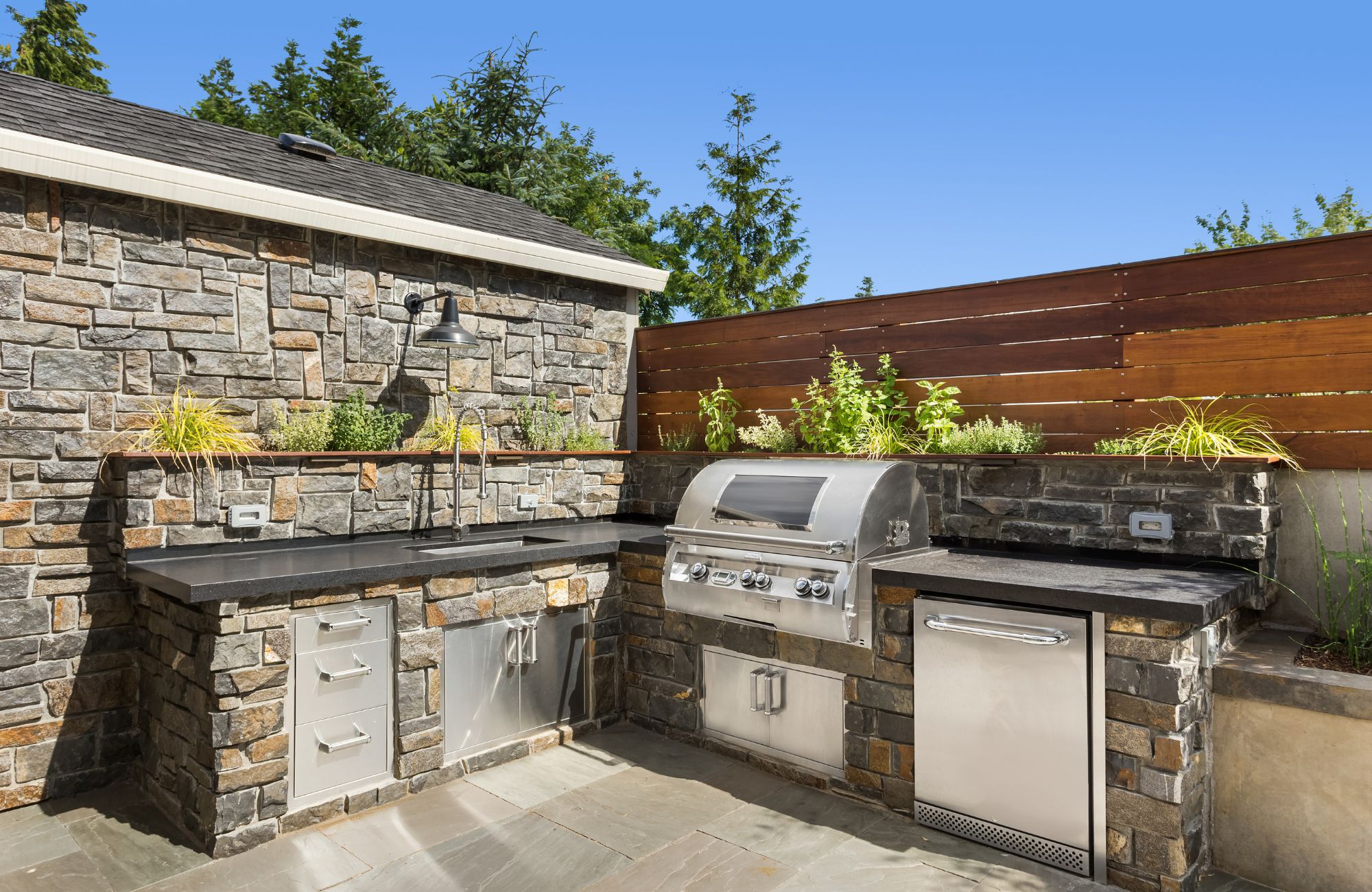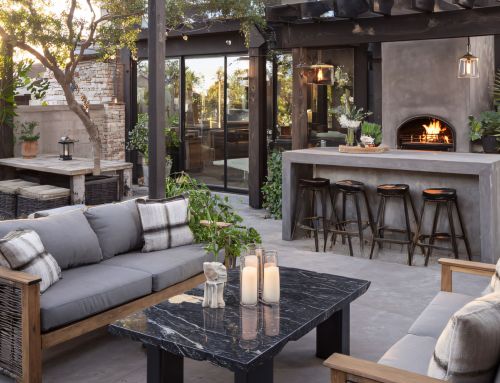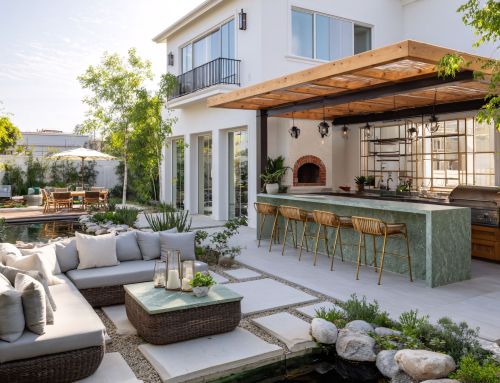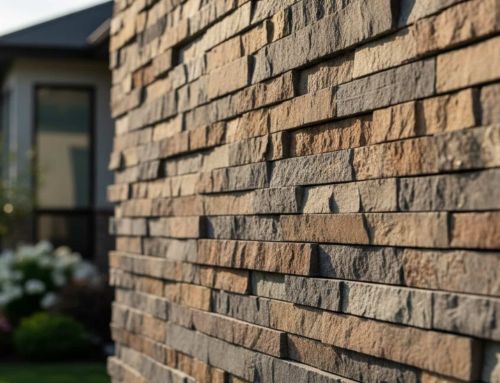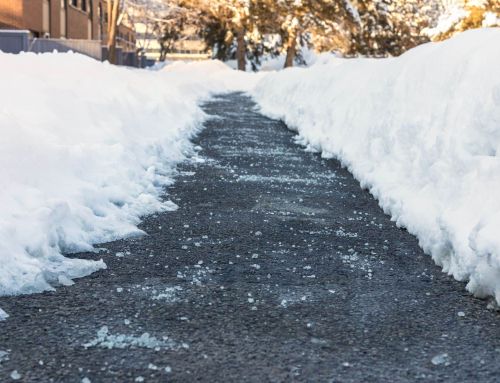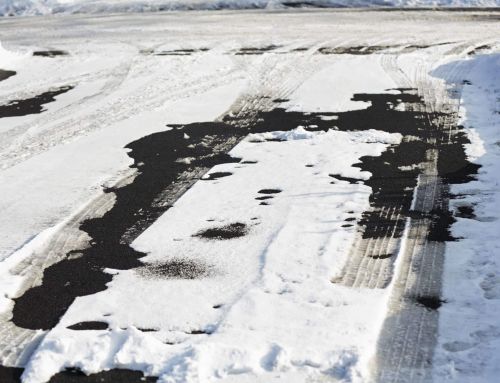The Ultimate Guide to Outdoor Kitchen: Design, Costs & Planning Tips
Imagine stepping into your backyard on a warm summer evening, the tantalizing aroma of grilled steaks filling the air as you prepare a meal under the open sky. An outdoor kitchen transforms your regular backyard into an entertainment hub where cooking, dining, and socializing blend seamlessly together. No longer confined to the four walls of your home, you can now enjoy the freedom of preparing meals while connecting with nature and spending quality time with family and friends.
Today’s outdoor kitchens have evolved far beyond the standalone grill. Modern outdoor cooking spaces are sophisticated extensions of your home, designed with both functionality and aesthetics in mind. Whether you’re envisioning a compact cooking station or an elaborate outdoor culinary paradise, this comprehensive guide will walk you through everything you need to know about creating the perfect outdoor kitchen for your home.
Planning Your Outdoor Kitchen: Essential Considerations
Before selecting materials or appliances, careful planning will ensure your outdoor kitchen perfectly suits your space and lifestyle.
Location and Layout Planning
Selecting the right location is crucial for both functionality and enjoyment:
- Proximity to your indoor kitchen: Position your outdoor kitchen close enough to your home for convenience but far enough to prevent smoke from flowing indoors.
- Traffic flow: Ensure smooth movement between cooking, dining, and lounging areas with adequate space for guests to socialize without crowding the cook.
- Wind patterns: Position your grill with prevailing winds in mind to direct smoke away from seating areas.
- Sun exposure: Consider shade throughout the day to keep both cooks and guests comfortable.
- Views and privacy: Orient your kitchen to maximize scenic views while maintaining privacy from neighbors.
An effective outdoor kitchen needs designated zones for preparation, cooking, serving, and cleanup. Allow at least 3 feet of countertop space on either side of the grill and sink for comfortable food preparation.
Layout Options for Every Space
Your outdoor kitchen configuration significantly impacts its functionality. Consider these popular layouts:
- Linear/Straight Line: Perfect for smaller spaces or building against an existing wall.
- L-Shaped: Excellent for corner installations, offering more counter space while creating a partial boundary.
- U-Shaped: Ideal for serious outdoor chefs who need extensive work areas and storage.
- Island: A freestanding unit that allows the chef to interact with guests from all sides.
- Peninsula: Extends from a wall or structure, offering social benefits while using less space than an island.
Choose a design that promotes efficient workflow while complementing your existing outdoor space.
Budget Planning and ROI Considerations
Outdoor kitchens can range from $5,000 for a basic setup to over $50,000 for a luxury space with full appliances and premium materials. While costs vary, many homeowners see a strong return on investment, especially in warmer climates, by choosing durable materials and smart planning. To save, consider phased construction, modular components, and seasonal discounts.
Permitting and Regulations
Before breaking ground, research local requirements to avoid costly mistakes:
- Building permits: Most permanent outdoor kitchen structures require permits. Requirements vary by municipality.
- Utility connections: Gas, water, and electrical connections typically need permits and inspections by licensed professionals.
- Setbacks: Most localities have rules about how close structures can be to property lines.
- HOA restrictions: If you live in a planned community, review the homeowners association rules regarding outdoor structures.
- Fire safety regulations: Local fire codes may dictate minimum distances between cooking equipment and combustible materials.
Factor permit costs ($250-1,000, depending on location) and potential HOA approval time into your project timeline.
Essential Components for Your Outdoor Kitchen
Cooking Appliances
The grill is the heart of any outdoor kitchen, but today’s options extend far beyond basic barbecues:
Built-in Grills: Gas, charcoal, and hybrid grills each offer unique benefits—convenience, flavor, or versatility. Choose one based on build quality, BTUs, features, and how many people you usually cook for.
Specialty Cooking Equipment:
- Pizza ovens create restaurant-quality results at home
- Side burners for preparing sauces and side dishes
- Smokers for flavor-infused meats
- Power burners for seafood boils and large pots
- Kamado-style ceramic grills for versatile cooking methods
Choose cooking appliances based on your preferred cooking style and entertainment needs rather than just following trends.
Countertops and Work Surfaces
Durable, weather-resistant countertops are essential for food preparation and serving:
- Granite: Granite offers natural beauty, heat resistance, and color variety, but needs yearly sealing to stay water-resistant.
- Concrete: Concrete countertops are durable, modern, and highly customizable, but require sealing to prevent stains.
- Porcelain: Porcelain countertops offer a sleek, modern look with excellent durability and stain resistance, and they never need sealing.
- Quartzite: Provides exceptional hardness, heat resistance, and striking patterns, while being more etch-resistant than marble.
When selecting countertop materials, consider your climate, maintenance preferences, and aesthetic goals. Lighter colors stay cooler in direct sunlight.
Storage and Organization
Well-designed storage keeps your outdoor kitchen functional and organized:
- Weather-Resistant Cabinetry: Outdoor kitchen storage options include durable stainless steel, weather-resistant marine-grade polymer, and customizable masonry solutions.
- Essential Storage Features: Key storage features include drawers, cabinets, pull-out trash bins, and dedicated space for propane tanks and accessories.
Even small outdoor kitchens benefit from some storage to minimize trips back to the house during cooking.
Sinks and Plumbing
A sink transforms your outdoor cooking area into a complete kitchen:
- Sink Options: Sink options range from basic single-basin and compact prep sinks to double-basin designs for full cleanup functionality.
- Plumbing Considerations: Outdoor plumbing should include freeze insulation, proper drainage, and winterization features for seasonal protection.
While adding plumbing increases project complexity, the convenience of having water access directly in your outdoor kitchen is invaluable for both food preparation and cleanup.
Refrigeration and Cooling
Keep ingredients fresh and beverages cold without constant trips indoors:
Refrigeration Options: Outdoor refrigeration options include a rated undercounter refrigerator, beverage centers, refrigerated drawers, and built-in ice makers for entertaining.
Important Features:
- UL rating specifically for outdoor use
- Sealed and weatherproof electrical components
- Proper ventilation clearance
- Security features like locks
Outdoor-rated refrigeration typically costs 30-50% more than indoor units due to enhanced weather protection features.
Material Selection for Durability and Style
The materials you select must withstand weather exposure while creating your desired aesthetic.
Framework Options
Your outdoor kitchen’s structural integrity depends on proper framework construction:
- Wood Framework: Wood framing needs pressure-treated lumber, moisture barriers, and is best used in covered areas away from direct grill contact.
- Metal Framework: Metal framing, common in prefabricated systems, uses galvanized steel for strength or aluminum for corrosion resistance and must be securely anchored.
- Concrete Block: Masonry framing offers superior strength and custom design options, but requires skilled installation to support heavy components.
The best framework choice depends on your budget, climate, and whether you’re building a permanent or potentially movable kitchen.
Facing and Cladding Materials
The visible exterior of your kitchen defines its aesthetic appeal:
- Natural Stone: Natural stone offers unmatched beauty and durability in many styles, though it usually costs more than manufactured alternatives.
- Manufactured Stone Veneer: Manufactured stone veneer mimics natural stone with less weight and cost, offers consistent texture, easier installation, and strong freeze-thaw resistance.
- Brick: Brick pavers offer a classic, durable look with versatile colors, patterns, and strong thermal mass properties.
- Stucco: Stucco provides a smooth, customizable finish with unlimited colors and a Mediterranean look, ideal for dry climates.
- Porcelain Tile: Porcelain panels offer a sleek, low-maintenance look with large formats perfect for modern designs.
When selecting facing materials, consider how they’ll coordinate with your home’s exterior and your overall design theme.
Building Your Outdoor Kitchen
Whether working with contractors or tackling the project yourself, understanding the construction process ensures successful results.
Professional Installation vs. DIY
When deciding between DIY and professional installation, consider your skill level, timeline, and project complexity. Hiring professionals ensures expert craftsmanship, proper utility hookups, code compliance, and faster completion—all backed by warranties.
DIY can save on labor, but it’s best suited for simple designs with minimal utilities. Even experienced DIYers should hire licensed pros for gas, electrical, plumbing, and complex masonry work to ensure safety and compliance.
Enhancing Your Outdoor Kitchen Experience
The right accessories turn an outdoor kitchen into a full outdoor living space. Add fire features like pits, fireplaces, or fire tables for warmth and ambiance. Include shade with pergolas, pavilions, or retractable awnings. Layer lighting with task, ambient, accent, and path options. Complete the setup with built-in seating, bar-height counters, or dining patios for a comfortable, inviting atmosphere.
Technology Integration
Modern outdoor kitchens can incorporate technology for enhanced enjoyment:
- Weather-resistant audio systems
- Outdoor-rated televisions
- Wi-Fi extenders for connectivity
- Smart lighting controls
- Automated irrigation for the surrounding landscaping
Maintenance for Lasting Beauty
Regular maintenance keeps your outdoor kitchen looking great and working properly year after year. In spring, clean surfaces, check for damage, and test appliances. In fall, deep clean, seal stone surfaces, winterize plumbing, and cover appliances. Year-round, clean cooking areas after use, wipe counters regularly, and inspect for moisture or wear.
Material-specific care is also important. Reseal natural stone annually, seal concrete every few years, and clean porcelain with mild soap. Keep stainless steel appliances clean and check burners and ignitions. For cabinetry, monitor moisture, lubricate hardware, and watch for pests.
Conclusion
An outdoor kitchen can completely transform your backyard into a versatile, stylish, and functional space for cooking, entertaining, and relaxing. From smart layouts and durable materials to the latest appliances and thoughtful accessories, every detail plays a role in creating a space that fits your lifestyle. With proper planning, quality construction, and ongoing maintenance, your outdoor kitchen can become a lasting centerpiece of your home for years to come.
Ready to bring your vision to life? Old Station Outdoor and Landscape Supply in Norton, MA offers premium outdoor kitchen materials, appliances, and expert design support to help you create a stunning and functional outdoor space. Whether you’re planning a simple setup or a full gourmet kitchen, our team is here to guide you every step of the way. Contact us today to get started.
FAQs
What are the best features for an outdoor kitchen?
Essential individual components include a quality built-in grill, durable countertops, weather-resistant storage, and proper lighting. Finding the right balance of features is key to making your outdoor kitchen both functional and enjoyable.
Are outdoor kitchens a good idea?
Yes, outdoor kitchens typically return 100-200% of their cost in home value while creating a way to enhance entertaining and family enjoyment, turning your dream outdoor living space into reality.
Where is the best place to put an outdoor kitchen?
The ideal location is relatively close to your indoor kitchen for convenience, positioned to prevent smoke from blowing toward the house, and designed as a model of integration with existing outdoor living spaces.

